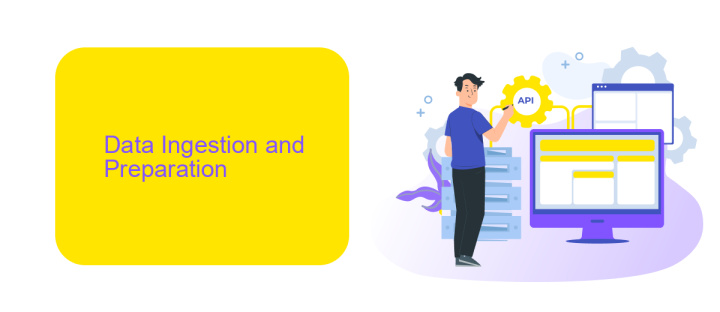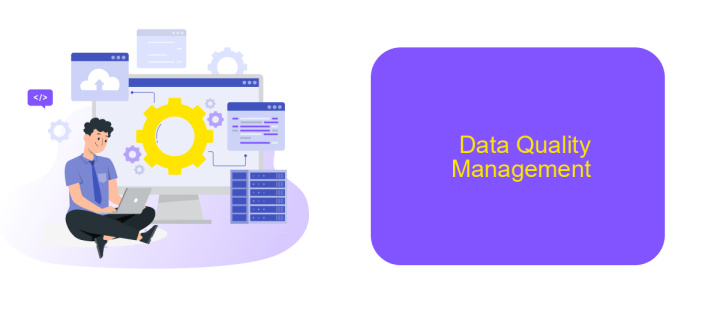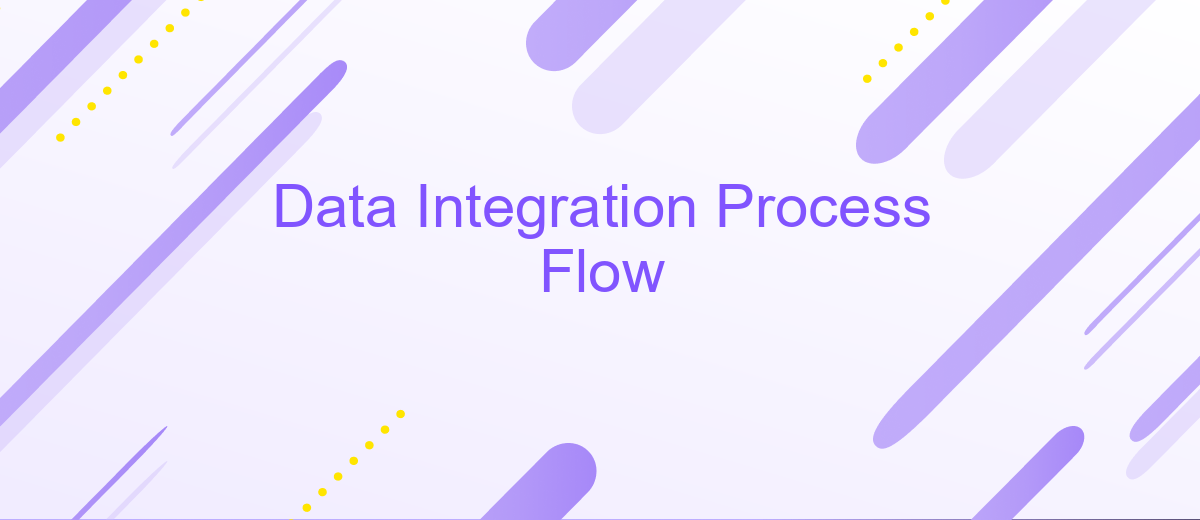Data Integration Process Flow
Data integration is a critical process in modern data management that involves combining data from various sources into a unified view. This process flow ensures that disparate data sets are seamlessly merged, providing a comprehensive and accurate picture for analysis and decision-making. In this article, we will explore the key steps and best practices involved in the data integration process flow.
Defining the Data Integration Strategy
Defining a robust data integration strategy is crucial for ensuring seamless data flow across various systems. The first step involves understanding the specific business needs and objectives. This helps in identifying the types of data to be integrated and the sources from which they will be collected.
- Identify key data sources and destinations
- Determine data formats and transformation requirements
- Select appropriate integration tools and platforms
- Establish data governance and security protocols
- Plan for scalability and future growth
One effective tool for simplifying the data integration process is ApiX-Drive. This service offers a user-friendly interface for connecting various applications and automating data workflows. By leveraging ApiX-Drive, organizations can streamline their integration efforts, ensuring data consistency and reducing manual intervention. A well-defined strategy, supported by reliable tools, sets the foundation for successful data integration.
Data Ingestion and Preparation

Data ingestion is the initial phase in the data integration process, where raw data is collected from various sources and transferred to a centralized repository. This process can involve extracting data from databases, applications, IoT devices, and external APIs. Effective data ingestion ensures that data is consistently and accurately captured, enabling downstream processes to operate smoothly. Tools like ApiX-Drive facilitate seamless data ingestion by automating the collection and transfer of data from multiple sources, ensuring that the data is always up-to-date and readily available for analysis.
Once the data is ingested, the preparation phase begins. This involves cleaning, transforming, and organizing the data to make it suitable for analysis. Data preparation tasks include removing duplicates, handling missing values, and standardizing formats. These steps are crucial for maintaining data quality and ensuring that subsequent analyses yield accurate insights. Leveraging platforms like ApiX-Drive can streamline the data preparation process by providing pre-built connectors and automation features that simplify data cleaning and transformation, allowing businesses to focus on deriving actionable insights from their data.
Data Transformation and Mapping

Data transformation and mapping are crucial steps in the data integration process. These steps involve converting data from one format or structure into another, making it compatible with the target system. This ensures that the data is accurate, consistent, and usable for analysis and decision-making. Effective data transformation and mapping can significantly enhance the quality and reliability of the integrated data.
- Identify the source and target data formats.
- Define the transformation rules and mapping logic.
- Utilize tools and services like ApiX-Drive for automated data transformation.
- Test the transformed data to ensure accuracy and consistency.
- Deploy the transformation process and monitor for any discrepancies.
Using tools like ApiX-Drive can simplify the data transformation and mapping process. ApiX-Drive provides a user-friendly interface and robust features that automate the conversion and mapping of data between different systems. This not only speeds up the integration process but also reduces the risk of errors, ensuring that the data is ready for seamless integration and effective use.
Data Quality Management

Data Quality Management is a critical aspect of the data integration process, ensuring that the data being integrated is accurate, consistent, and reliable. Poor data quality can lead to incorrect insights and decision-making, which can have significant negative impacts on business operations.
Effective data quality management involves several key steps. First, it is essential to define data quality standards and metrics. These standards help in identifying and measuring data quality issues. Next, data profiling should be conducted to assess the current state of data quality and identify any anomalies or inconsistencies.
- Define data quality standards and metrics
- Conduct data profiling
- Implement data cleansing processes
- Monitor data quality continuously
- Utilize data integration tools like ApiX-Drive for automated quality checks
Using integration tools such as ApiX-Drive can streamline the data quality management process. ApiX-Drive offers automated data quality checks and seamless integration capabilities, ensuring that data remains consistent and accurate across various systems. Continuous monitoring and regular audits are also crucial to maintain high data quality over time.
Data Integration and Monitoring
Effective data integration is crucial for ensuring seamless data flow between various systems and applications. By leveraging tools like ApiX-Drive, organizations can automate the integration process, reducing manual efforts and minimizing errors. ApiX-Drive offers a user-friendly interface that allows users to connect different platforms without extensive coding knowledge. This streamlines the data transfer process, ensuring that information is consistently updated and readily available across all integrated systems.
Monitoring is an essential aspect of data integration, as it ensures the continuous and accurate flow of data. ApiX-Drive provides robust monitoring features that allow users to track data transfers in real-time, identify potential issues, and receive alerts for any disruptions. This proactive approach to monitoring helps maintain data integrity and supports timely decision-making. By integrating and monitoring data effectively, organizations can enhance operational efficiency and make more informed business decisions.
FAQ
What is Data Integration?
Why is Data Integration important for businesses?
What are the common challenges faced in Data Integration?
How can automation help in Data Integration?
What is the role of ETL in Data Integration?
Apix-Drive is a universal tool that will quickly streamline any workflow, freeing you from routine and possible financial losses. Try ApiX-Drive in action and see how useful it is for you personally. In the meantime, when you are setting up connections between systems, think about where you are investing your free time, because now you will have much more of it.

